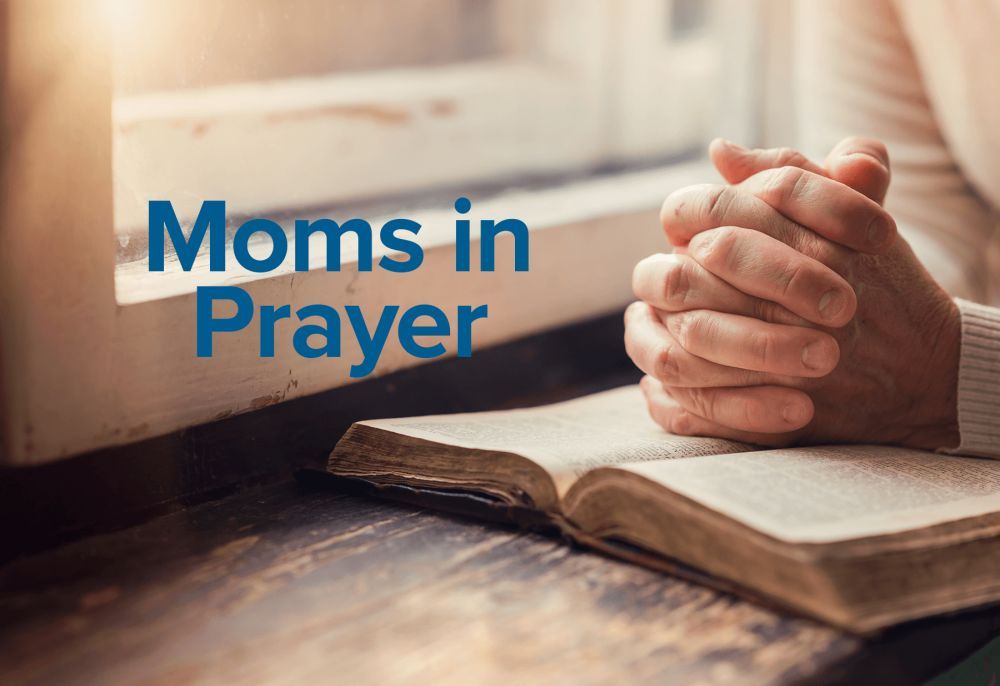Student
Handbook
Discipline
Bullying
PDS recognizes that students should have a safe, positive learning environment and that any and all forms of bullying (including cyber bullying) will not be tolerated.
Author Barbara Coloroso defines bullying as "conscious, willful and deliberate hostile activity intended to harm, induce fear through threat of further aggression and create terror.” It can be either premeditated or spontaneous. There are four markers that accompany this activity:
- Imbalance of power – one side in conflict is more physically dominant
- Intent to harm – the bully wants to cause emotional or physical pain AND gets pleasure from witnessing it
- Threat of further aggression – not meant to be a one-time event; both the bullied and the bully know it will probably happen again
- Terror – systematic violence used to cause extreme fear and intimidation (not incident of aggression elicited by anger or impulse control problems)
Examples of bullying behavior include, but not limited to, the following:
- Written – unwelcome notes or written messages
- Cyber – bullying electronically via e-mail, text message, Facebook, X, Instagram, Snapchat, blog, etc.
- Verbal – unwelcome comments, name calling, or teasing
- Visual – unwelcome bodily gestures; pictures and drawings
- Exclusion – social isolation, behavior that makes students feel unwelcome
- Physical – unwelcome physical actions, which create an environment that is harmful to the health and well-being of a student.
- Disruptive – interferes, intimidates, or threatens other students
- Retaliation – threats or actions to “get back at” another student because of a complaint or for being a participant in the complaint process
Be an Advocate Against Bullying / Reporting Procedures
PDS is proactive in instructing boys on peer relations thru the Building Boys Making Men program, chapels, class meetings and homeroom time. PDS encourages students to model Mark 12:31, “love your neighbor as your self.” If they feel comfortable in doing so, students who are being bullied or students who witness another student being bullied mustbe clear and say, “STOP!” to the boy or boys who are exhibiting unwelcome behavior. In the event that the student or students do not feel comfortable confronting the boy or boys who are doing the bullying or if they have asked that the behavior stop and it does not, they must report the bullying behavior to at least two adults – someone at school (teacher, principal or coach) and someone at home.
Teachers who witness bullying must tell students involved to STOP and, if the behavior continues, the Teacher will report such behavior to the Principal of the Elementary Division or the Head of the Early Childhood Division
Parents who have information about bullying should contact their son’s teacher.
Depending upon age of the offender(s), The Principal of the Elementary Division or the Head of the Early Childhood Division will take the responsibility for investigating any unwelcome behavior reported by students, teachers or parents. They are responsible for contacting the parents of students who are the targets of bullying and those students being investigated. All incidents of bullying will result in appropriate consequences, up to and including expulsion, at the discretion of the Principal of the Elementary Division or the Head of Early Childhood Division. He/She may also set a mandatory conference with the parents. Retaliation against any person who reports bullying in good faith, who makes a complaint or who otherwise participates in an investigation or inquiry concerning allegations of bullying will not be tolerated.
This policy applies to students on school grounds, while traveling to and from school or a school-sponsored activity, during the lunch period, whether on or off campus, and during a school-sponsored activity.





